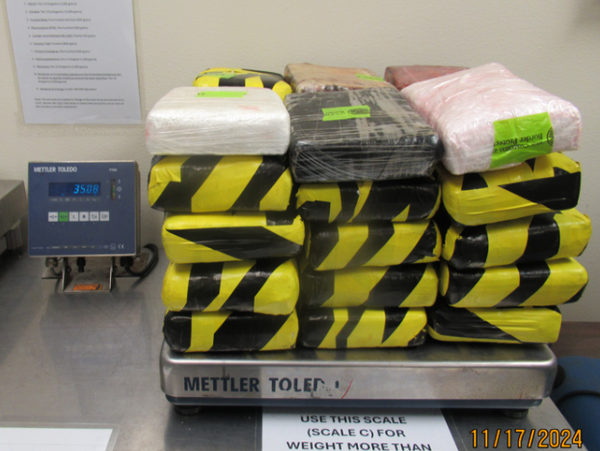
Since January 2020, grocery prices have climbed more than 28%, according to Pew Research. Even if inflation isn’t as high as it has been the last little while, many families are still feeling the pinch every time they get to the check out lane.
Trending Now: What $100 in Groceries at Costco Will Cost You at Walmart
Find Out: Clever Ways To Save Money That Actually Work in 2025
It’s not you. External forces like increased energy costs and supply chain issues from the last few years have also raised the cost of everyday items.
But what to do? Here are nine habits you can adopt to stop paying too much for food.
Watch Out for Impulse Buys
There’s nothing wrong with the occasional impulse buy, but it does add up. And truth be told, grocery stores know how to tempt you, so be on the lookout for them. Some of these include BOGO snacks, end-of-aisle displays and even mini treats at checkout meant to trigger those impulse purchases.
Do your best to stick to your grocery list and treat these impulse purchases as occasional nice-to-have extras.
Read Next: 7 Trader Joe’s Dinners That Will Feed Your Entire Family for Under $15
Be Wary of Brand Loyalty
Sticking to your favorite brands may feel great (no decision fatigue here!), but it can cost you more. Depending on the item and grocery store, generic brands may cost a fraction of more well-known national brands. Plus, the items may come from the exact same manufacturers or have the same key ingredients.
Try swapping out a few of your basic staples like pasta or canned tomatoes and see if you taste a difference.
Avoid Food Waste
One of the most common ways people lose money on groceries is having to throw away food that’s no longer good for consumption. Using up the food you have can be as easy as making a plan ahead of time.
Regularly take stock of what’s in your fridge and pantry and build means around these ingredients. Ideally if it can work across multiple recipes or dishes. You can even batch cook and freeze any extra portions to save for later.
Try To Avoid Convenience Foods
Convenience goods like ready-made meal kits, bagged salad kits and pre-cut vegetables can help when you’re busy, but can cost you big time. It may be worth it to take some time when you can and prep some of these items yourself.
Be Suspicious of ‘Healthy’ Buzzwords
Of course you want to eat healthy, and may even be necessary if you have a medical condition like celiac disease. However, there are terms on items that really don’t mean much but you end up paying a higher price. For example, “all-natural” or “farm fresh” products are fine, but produce or even items like eggs all come from farms.
When deciding on items, check the nutritional label or any certifications on the package to decide if the extra expense is really worth it.
Don’t Shop Hungry
There’s a reason this is a common piece of advice given out many times over. Shopping on an empty stomach will more likely lead you to make impulsive purchases. Or, items that look good in the moment but won’t help you make multiple means.
Have a quick snack before heading out, even if it’s a small granola bar.
Compare Unit Prices
The fine print is where it’s at when it comes to looking for the savings. Looking at the unit price, such as per ounce will offer a better comparison rather than the sticker that shows you the total price. Don’t forget to check between different brands and package prices to see what’s actually cheaper.
Bring Reusable Bags
Some grocery stores charge 15 to 25 cents for each plastic bag you use. Sure, it’s not a massive amount, but regular grocery trips with multiple bags could add up over a year. Stashing a few reusable bags in your car or near your door could help you remember to bring them with you.
Check Your Pantry First
Having a grocery list can help you make sure you actually purchase what you need and not end up with duplicates that may go to waste. Build it into your grocery shopping routine that you check to see what you need and make a list where you’ll be able to access it when you go shopping.
You can even put items that are running low at the front of the fridge or pantry so you know exactly what you may need to replace soon.
More From GOBankingRates
- Rachel Cruze: The Real Reason Couples Fight About Money
- 6 Best Items Retirees Should Buy at Costco During Labor Day
- 4 Things You Should Do When Your Salary Hits $100K
- 8 Common Mistakes Retirees Make With Their Social Security Checks
This article originally appeared on GOBankingRates.com: Grocery Shopping Eating Your Budget? 9 Ways To Stop Paying Too Much for Food







